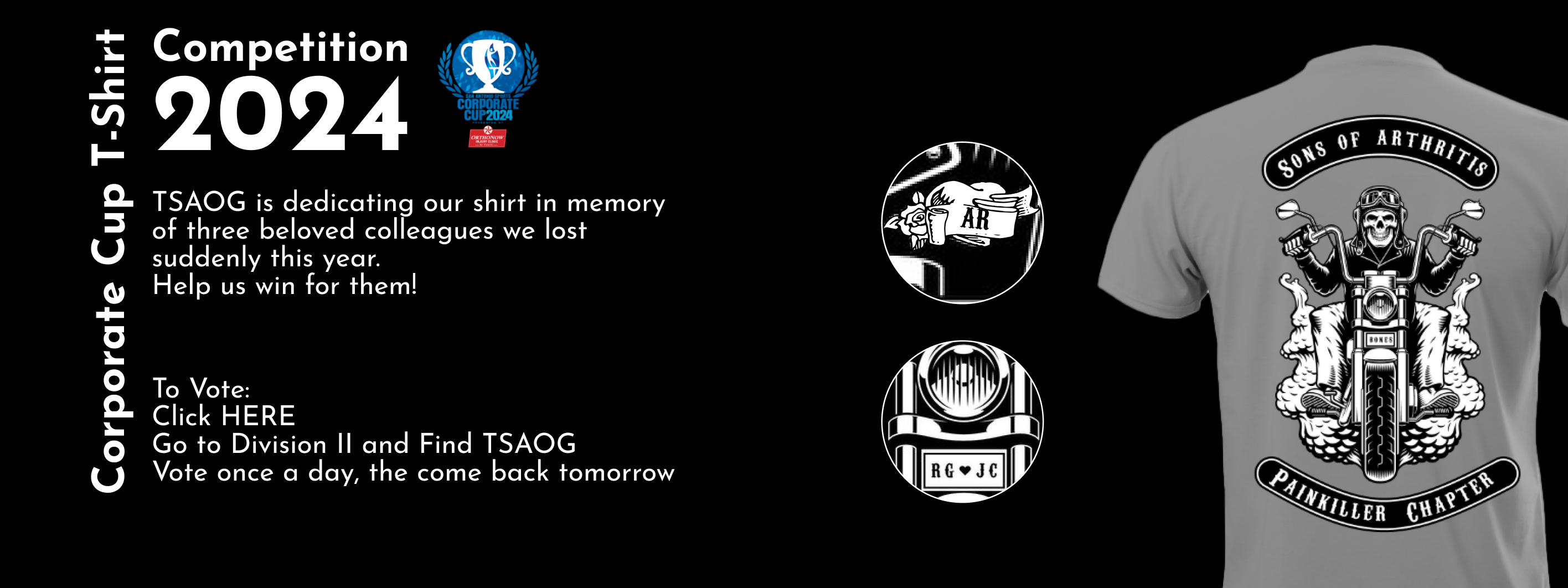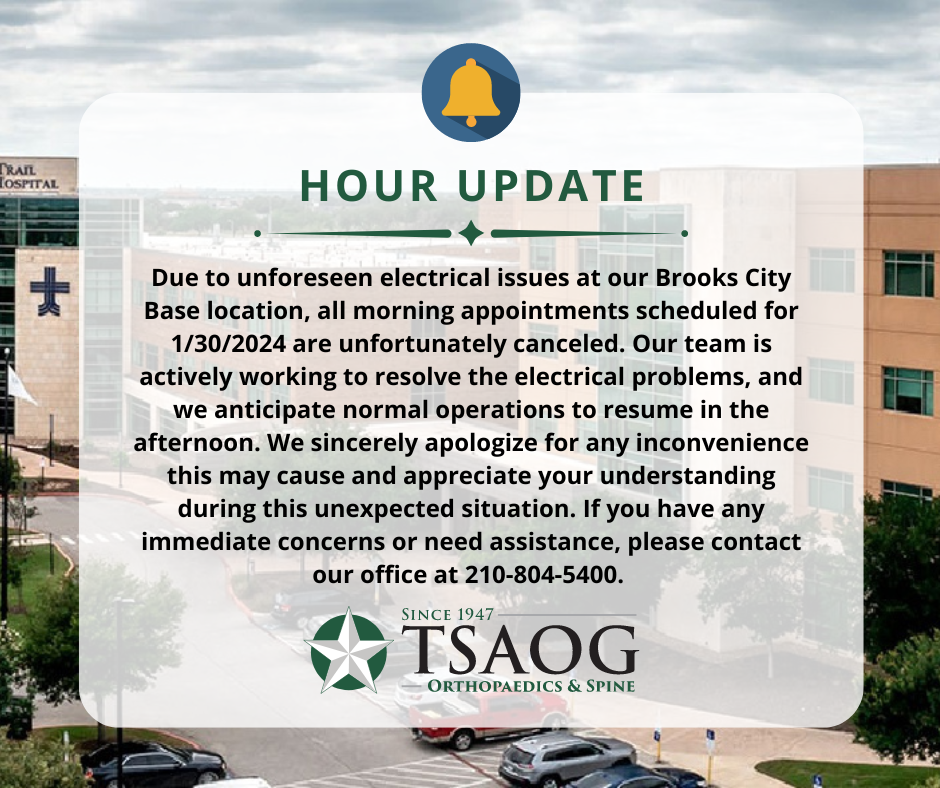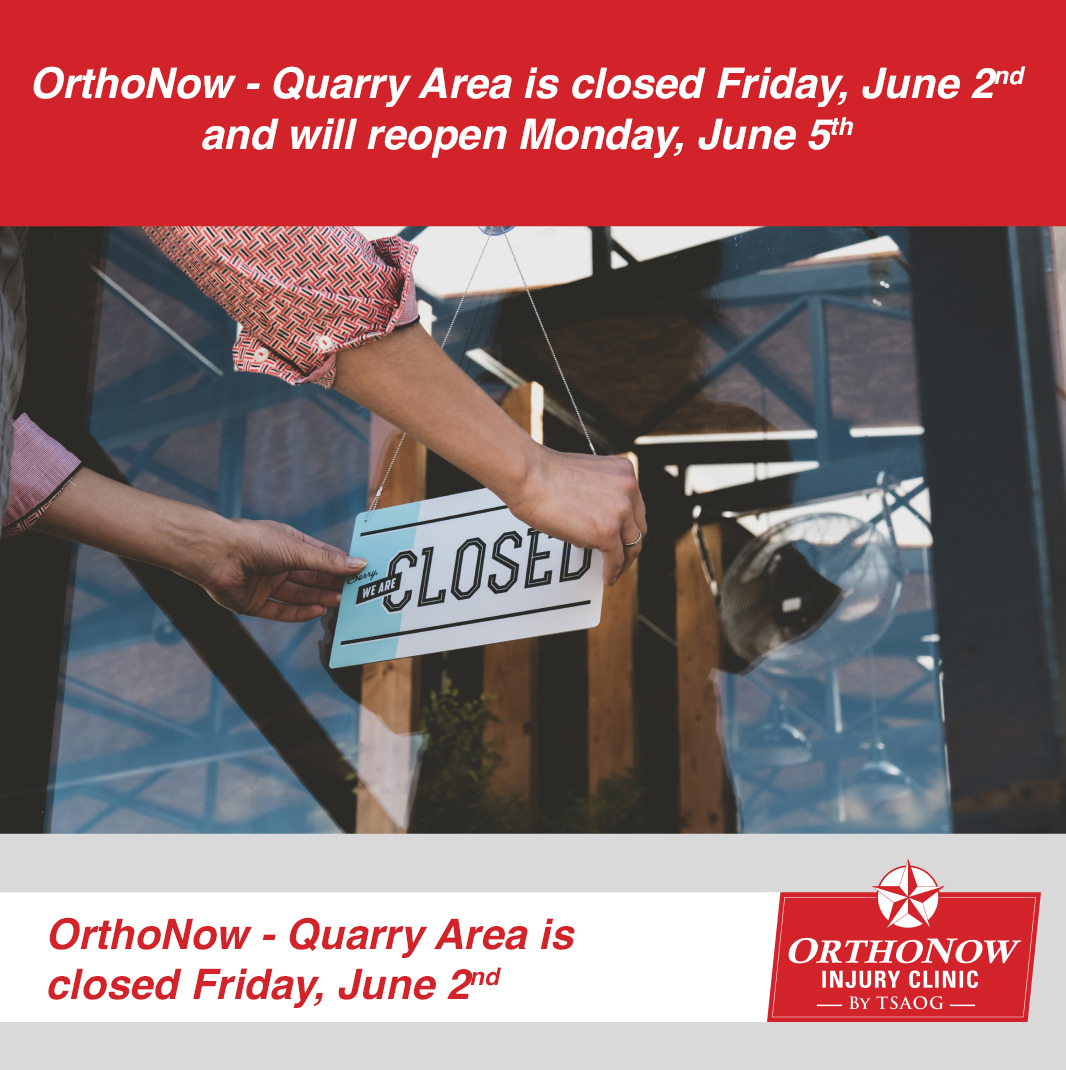Reviewed by Jeffrey B. Shroff, M.D. | Sports Medicine Surgeon in San Antonio
If you’ve suffered an ACL tear, you may be wondering about your treatment options. At TSAOG Orthopaedics & Spine, our experienced sports medicine specialists help athletes of all levels recover from injuries and return to their favorite activities. In this article, we cover everything you need to know about ACL reconstruction surgery.
What is ACL Reconstruction Surgery?
ACL (Anterior Cruciate Ligament) reconstruction surgery is a procedure to replace a torn or damaged ACL in the knee joint. The ACL is one of the key ligaments that helps stabilize the knee joint by connecting the thigh bone (femur) to the shinbone (tibia). The ACL primarily helps control anterior translation of the tibia but also tibial rotation both of which are critical for sports or activities that require pivoting or changes in direction. ACL reconstruction surgery restores stability to the knee joint and prevents stress and a injury to other knee structures such as the meniscus and cartilage.
Understanding ACL Graft Options
ACL reconstruction surgery involves replacing the torn ACL with tissue from another source, known as a graft. The graft is a scaffold for new ligament tissue to grow on, which restores stability to the knee. Selecting the right ACL graft is an important decision the patient and surgeon should make together. The type of graft used can impact the surgical process, recovery time, and long-term outcome.
There are two main categories of ACL grafts: autografts and allografts:
Autografts are created from the patient’s own tissue, typically a tendon, that is repurposed as the new ACL. Common autograft options include:
- Patellar tendon (BTB) autograft
- Hamstring tendon autograft
- Quadriceps tendon autograft
The main advantages of autografts include faster and more reliable healing because the tissue comes from the patient’s own body. However, using an autograft requires a longer surgery, resulting in additional incisions and potential weakness where the tissue was collected.
Allografts are taken from a donor, often a cadaver. The main advantages of allografts are avoiding additional incisions, shorter surgery time, and less post-operative pain. However, allografts are associated with increased risk of graft failure and are therefore not recommended for younger more active patients.
Factors That Influence Graft Choice
The choice between autograft and allograft depends on several factors:
- Patient age and activity level
- Tissue quality and availability
- Patient preferences
Autografts are generally recommended for younger patients and high-level athletes, while allografts may be considered for older or less active patients. Discussing the options with your care team is the best way to make an informed and individualized decision about ACL graft selection.
ACL Reconstruction vs. Repair
ACL reconstruction is the more traditional and widely used approach. It is a reliable procedure with good long-term outcomes and is the gold standard for treatment for ACL rupture. ACL repair, Has become an area of increased interest recently with some early studies showing restoration of knee stability and near equivalent outcomes to reconstruction in correctly selected patients and tear patterns. One technique gaining popularity is known as bridge-enhanced ACL repair (BEAR). In this procedure, the surgeon uses a specialized implant to bridge the gap between the torn ACL ends, protecting the healing scar tissue from breakdown by the immune cells in the joint fluid, and stimulating ligament healing. The choice between ACL reconstruction and repair depends on factors such as the type and location of the tear, as well as the patient’s age and activity level.
Is ACL Reconstruction Surgery Necessary?
After an ACL tear, patients often wonder whether surgery is necessary or if they can recover from the injury without it. The decision to undergo ACL reconstruction depends on several factors, including the severity of the tear, knee stability, patient age and activity level, and the presence of other injuries.
ACL reconstruction is typically recommended in the following situations:
- Complete ACL tear with knee instability
- Patients who engage in high-demand activities (sports, physical jobs)
- Patients who experience recurrent knee instability despite non-surgical treatment
- When other knee structures (meniscus, cartilage) are also injured
- Young patients with a higher risk of developing knee arthritis without surgery
In these cases, ACL reconstruction can help restore knee stability, reduce the risk of further injury, and improve long-term knee function.
Non-surgical treatment, also known as conservative management, may be an option in some cases:
- Partial ACL tears with minimal knee instability
- Older patients with lower activity levels
- Patients who are willing to modify their activities and avoid high-risk sports
- When no other significant knee injuries are present
Non-surgical treatment typically involves physical therapy to strengthen the muscles around the knee, bracing to provide stability, and activity modification to reduce stress on the joint.
To learn about care after surgery, read our guide: What Not To Do After an ACL Surgery.
Consult with TSAOG About Your ACL Tear
At TSAOG Orthopaedics & Spine, our team of sports medicine physicians and specialists provides personalized care for athletes of all levels. If you have a torn ACL and are considering surgery, we encourage you to partner with our comprehensive care team. Together, we’ll develop a treatment plan tailored to your unique needs and goals.
—
References:
- https://www.tsaog.com/services/sports-medicine-service/
- https://www.tsaog.com/blog/2024/09/05/acl-injuries-and-tears-101-your-guide-to-treatments-prevention-methods/
- https://pmc.ncbi.nlm.nih.gov/articles/PMC10067784/
- https://www.tsaog.com/blog/2025/01/29/acl-tear-recovery-time-what-to-expect/
- https://pmc.ncbi.nlm.nih.gov/articles/PMC11322937/
- https://www.tsaog.com/services/therapy/physical-therapy/
- https://www.tsaog.com/blog/2023/09/27/what-not-to-do-after-an-acl-surgery/
- https://www.tsaog.com/














